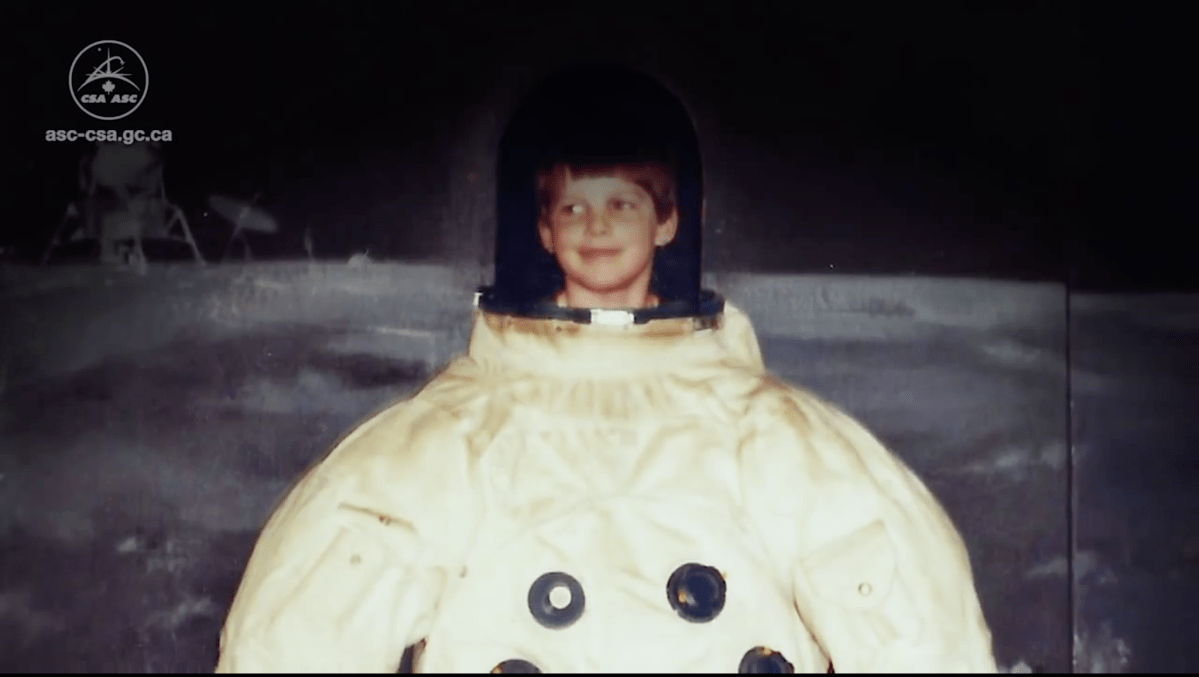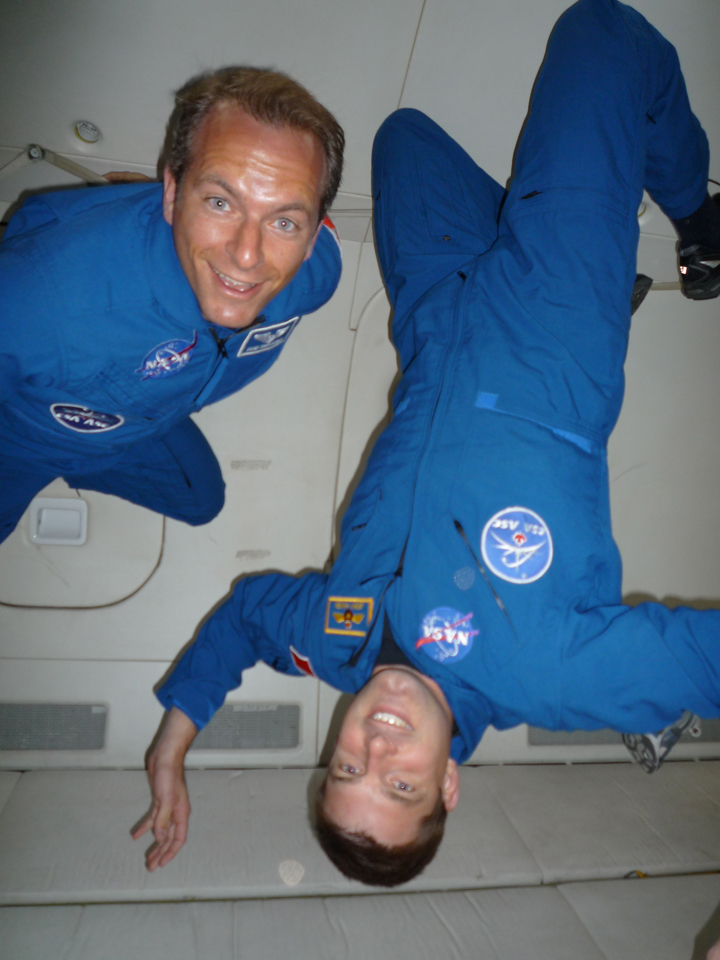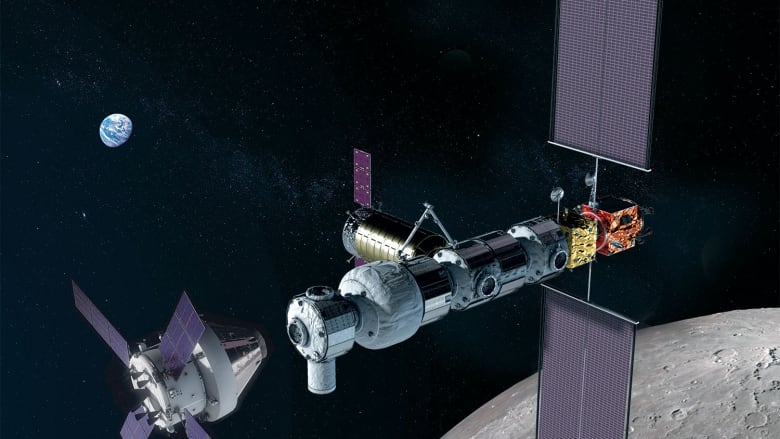The 50th anniversary of the Apollo 11 mission is doubly significant for Jeremy Hansen.

First of all, it’s because as a young boy, growing up on a farm in southwestern Ontario, he recalls seeing photographs of the moon landing, which inspired him to become an astronaut.
“It just really opened up my mind,” he says.
“I turned my treehouse into a rocket ship. I had dials and circuit breakers for switches and all sorts of stuff. I was really exploring space at a young age, because of the fact that I saw that humans had left our planet and walked on the moon.
“I still think today that it is the coolest thing.”
Second, he says, the anniversary is even sweeter because it’s now possible Hansen could become the first Canadian to walk on the moon, following in Neil Armstrong’s formidable footsteps.
“It’s something I’ve always dreamed of doing,” he says with a smile.
“I’d be absolutely thrilled to do that on behalf of Canada.”
Hansen, who was selected by the Canadian Space Agency along with David Saint-Jacques in 2009, is a likely candidate to be the next Canadian astronaut to hitch a ride to the stars. Until recently, that would have meant lifting off to the International Space Station.
But over the next few years, that trajectory is expected to shift to a new destination: The Lunar Gateway.
The United States-led project represents the next major international collaboration in space exploration. It will see the construction of a space station about one-fifth the size of the ISS, which will orbit the moon.
“You can think of it like an airport hub, near the moon,” Hansen explains. “And that hub allows us to go to the surface of the moon, it allows us to go beyond the moon — towards Mars, for example.
“This is the place we will transit through in the future.”
The Lunar Gateway is expected to be fully functional by 2026 and Canada is already stepping up to lend a hand — or, rather, an arm. Prime Minister Justin Trudeau recently pledged to contribute a Canadarm3 as part of the country’s $2.05 billion contribution to the project over the next 24 years.
Like its predecessors, the smart robotic arm will be used to help repair and maintain the space station.
“I think, to our good credit, we’ve decided, yes, that’s one of the things Canada should do,” says former Canadian astronaut Chris Hadfield.
“That opportunity should be given to our children and our grandchildren.”
The first Canadian commander of the ISS believes this moment represents a critical juncture in the history of space exploration. He points to private companies, such as Blue Origin and SpaceX, that have launched a new kind of space race, hoping to send paying customers into space within the next year.
WATCH: Chris Hadfield on the future of space exploration

To mark the 50th anniversary of the Apollo mission, the Ontario Science Centre museum in Toronto is hosting a series of special events and exhibits, including an 11-foot Lego rocket. The museum is packed full of school-aged children flying space simulators and playing with space rocks.
Ten-year-old Josh Ross says he wants to become an astronaut when he grows up “because I wanna see what it’s like to have no gravity, and what it’s like on the moon.”
That dream has never seemed so attainable. The next 50 years will offer unprecedented opportunities for Josh to boldly go where no Canadian has gone before.
- ‘Shock and disbelief’ after Manitoba school trustee’s Indigenous comments
- Several baby products have been recalled by Health Canada. Here’s the list
- Canadian food banks are on the brink: ‘This is not a sustainable situation’
- Invasive strep: ‘Don’t wait’ to seek care, N.S. woman warns on long road to recovery







Comments